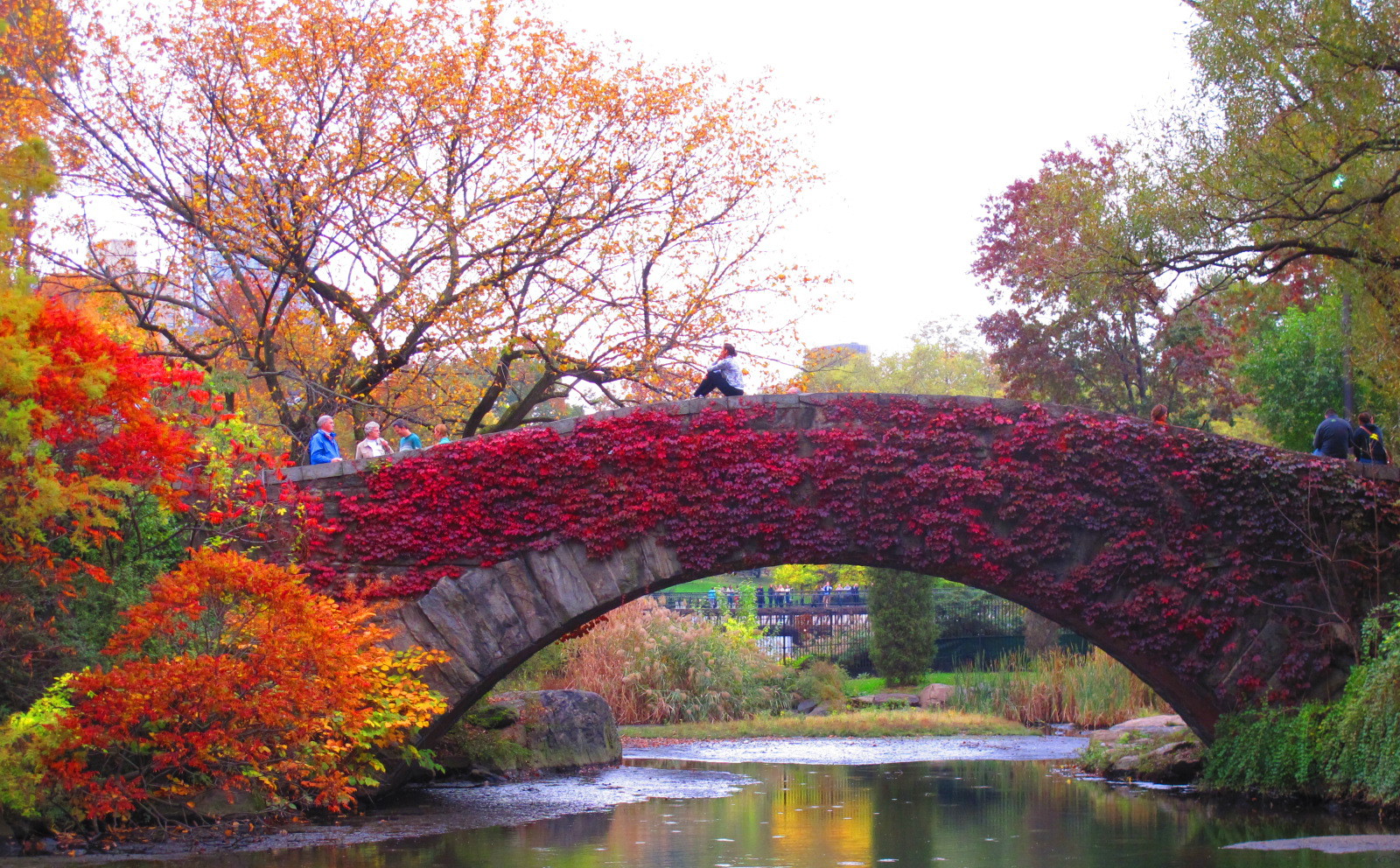The environmental movement in the United States has a problem. From rooftop gardens to central parks, cities across the country have been putting the green into green spaces. In fact, cities like New York have committed upwards of $130 million to revamp old parks and create new ones. Well-intentioned as they may be, these investments drive up the cost of rent in these neighborhoods, forcing low-income families out, as the wealthy flock to greener pastures. The result of this “environmental gentrification” is unfortunately, albeit predictably, racial as well as economic: The lower-income families who can’t afford to live where the grass is greener — or exists at all — tend to be racial minorities.
Lack of access to a park might seem like a somewhat trivial complaint until it’s coupled with the fact that low-income minority communities also bear the brunt of a city’s waste disposal and pollution. A study done by the Commission for Racial Justice found that race played the most important role – more so than income or property value – in the location of abandoned toxic waste facilities. Three out of five African Americans live in communities with at least one of these abandoned facilities, and three of the five largest commercial hazardous waste landfills are in predominantly Latino American or African American communities. In addition to being eyesores and a drag on property values, these waste sites pose major health risks: dioxin, lead, and mercury released in the incineration of waste leaks into the soil and water supply, polluting the environment around the facility. Chester, Pennsylvania is one of many cities that have witnessed such injustices; just southwest of Philadelphia, Chester is a predominantly poor, black community that also happens to house one of the largest waste incinerators in the nation. In addition to the health hazards posed by proximity to waste incineration, the garbage plant often left chemical and medical waste in the area around its facilities — public spaces where children played. These kind of environmental tragedies are widespread across the United States, and they fit all too nicely into the pattern of injustice in the environmental movement.
The environmental movement has been contaminated by racial tensions from its outset in the 19th Century. Madison Grant and Gifford Pinchot, two of the forefathers of the conservationist movement, were also supporters of eugenics and white supremacy. Adolf Hitler praised Grant’s writings on the natural aristocracy of the Nordic race as his “Bible.” The conservation that these men promoted enabled the perpetuation of their aristocracy, creating vast preserves of land and animals for hunting accessible only to the upper class. The Romantic naturalists were slightly less exclusive, seeing nature as an escape from the beaten path of utilitarianism. But even more Romantic naturalists (think Emerson, Thoreau, etc.) like John Muir, founder of the Sierra Club, referred to the “dirty and irregular life” of the Native Americans near Yosemite and reassured visitors to the park that most of the Native Americans nearby were “dead or civilized to useless innocence.” With the creation of national parks and forests across the United States, the government drove Native Americans out, and upper-class white people flocked to see the natural attractions. The early conservationists curated a version of nature that fulfilled their aesthetic and aristocratic needs while excluding and relocating those who they felt would disturb such a carefully gentrified environment.
Elitist environmentalism has given risen to two distinct movements: the movement for the conservation of nature and the movement for environmental justice. The former, championed by largely white organizations, has done unquestionably important work in the area of preserving visually stunning and ecologically significant areas—both in cities and national parks—for generations to come. The latter serves the groups and communities who are most economically and environmentally vulnerable to the effects of climate change: low-income and minority communities. These groups work on a smaller scale and usually with smaller budgets to mitigate the health hazards imposed on communities of color by environmental racism.
Two branches of environmentalism, two sets of priorities, and two constituencies — all at odds — leads to conflict over funding, resources, and public support. It also means that when those groups go to the polls, they vote differently: On average, black Americans favor environmental regulations and climate change policy more than white Americans do. Their disproportionate exposure to the health and environmental risks of lacking policy has given them first-hand experience with the importance of more effective legislation and enforcement. Unfortunately, support from these communities hasn’t led to significant progress in environmental policy. In some cases, it has led to the opposite; Congress has written major environmental statutes like the Clean Air Act and the Clean Water Act without consideration for poor and minority groups that are far more vulnerable to the sometimes unfeasible fines and restrictions imposed.
It would be too much to expect that the environmental movement be completely cohesive — hardly any social or political movement is all encompassing and inclusive. However, as environmental policy becomes more and more prevalent in political discourse, it would do us well to keep in mind that such policy is about more than saving the redwoods and the polar bears. When we think about environmental change, we should keep in mind the distinction between changes that preserve our environment and changes that preserve disadvantaged communities. As our cities evolve and green spaces expand, we must do what we can to ensure that making a place “green” doesn’t mean making a place “white.”
Photo: Andrew Dallos
